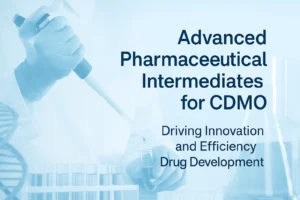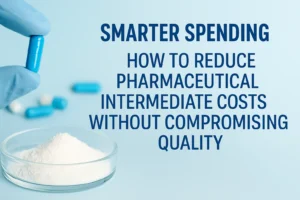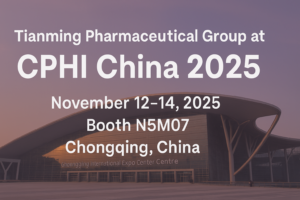As a chemical industry professional with over a decade of experience, I’m sure we’ve all faced the same demand from our bosses: reduce costs and increase efficiency.
Cost reduction and efficiency gains are vital to a company’s survival. However, the competition in new drug development is costly, with a significant portion of expenses tied to pharmaceutical intermediates—the critical building blocks for final active pharmaceutical ingredients (APIs).
We must recognize that controlling these costs isn’t merely about saving money—it’s about ensuring the long-term viability of drug projects. So how can we optimize these costs without compromising quality or supply?
Years of experience have taught me several effective approaches, and I’d like to share some recommendations for your consideration.
Rethink Your Supply Chain
We’ve all shopped around for better deals. When taking action, don’t simply accept your current supplier’s price. The global chemical synthesis market is dynamic and fiercely competitive. You must actively review and challenge your supply chain.
Where feasible, consider dual sourcing for critical intermediates to foster healthy competition. Exploring local suppliers is another effective approach, offering benefits like reduced logistical complexity and shorter lead times.
Crucially, don’t overlook building strategic, long-term partnerships with key manufacturers, as this often yields more favorable pricing than one-off purchases. Leverage these partnerships to achieve mutual cost savings.
Optimize Synthesis Routes
For large-scale production, traditional lab-scale routes often prove uneconomical. Reassess your approach: Can you reduce synthesis steps? Fewer steps mean higher overall yield, less solvent waste, and lower labor costs.
Additionally, explore more cost-effective and readily available starting materials. Sometimes, slightly more expensive raw materials can significantly simplify the process flow—a perfect blend of chemical excellence and smart economics.
Embrace Process Intensification
Modern chemistry offers powerful tools for efficiency gains. For instance, continuous flow chemistry can deliver transformative changes.
Compared to large batch reactors, it typically offers better reaction control, enhanced safety, and reduced footprint.
This approach boosts productivity while reducing energy consumption. Encourage your team to design more compact, efficient processes that yield substantial cost savings.
Green and Energy-Conscious
Green chemistry principles benefit both the environment and your bottom line. Reducing solvent usage and switching to cheaper, recyclable alternatives directly lowers material costs while drastically cutting waste disposal expenses.
Establish solvent recovery systems. While implementing solvent recovery systems requires an initial investment, the costs are quickly recouped.
In the long run, cleaner processes are almost always more economical.
Leverage Strategic Outsourcing
You don’t have to do everything yourself. For specific, complex, or hazardous synthesis steps, consider outsourcing to a Contract Manufacturing Organization (CMO).
A specialized CMO may possess proprietary expertise or existing infrastructure that drastically lowers the cost of running those particular steps. Outsourcing frees up internal resources to focus on core chemical processes. This represents a strategic choice balancing cost and capacity.




